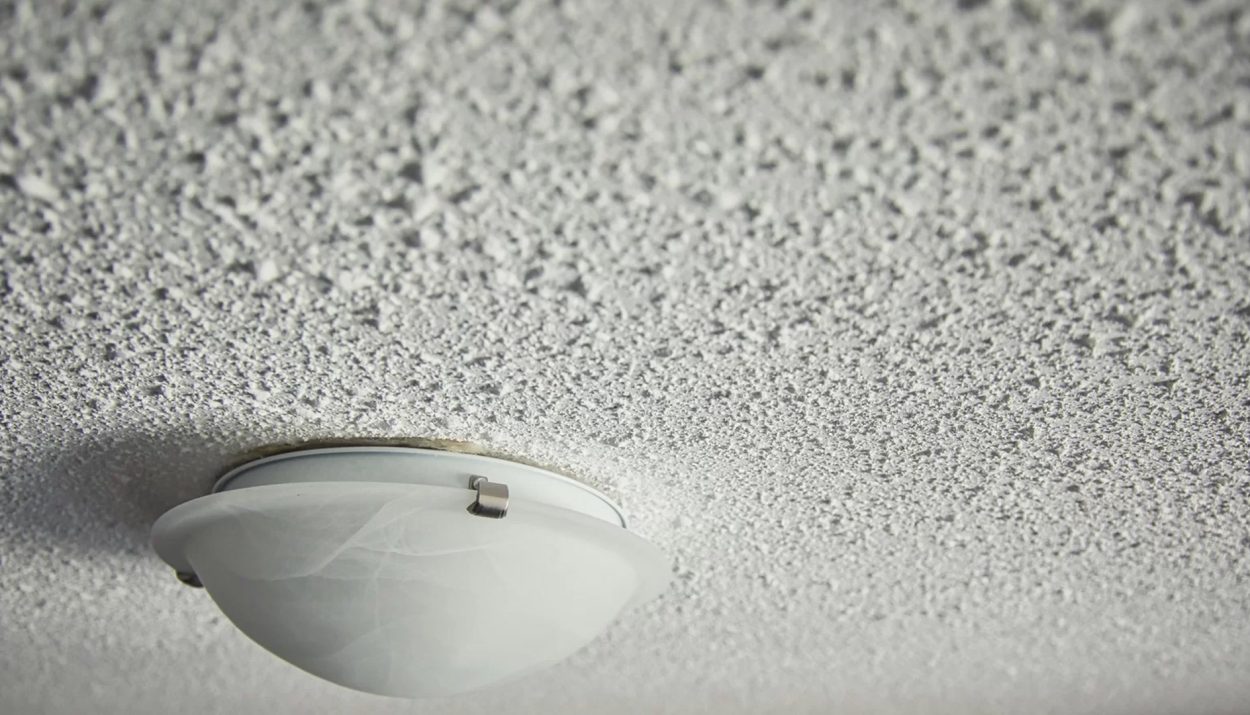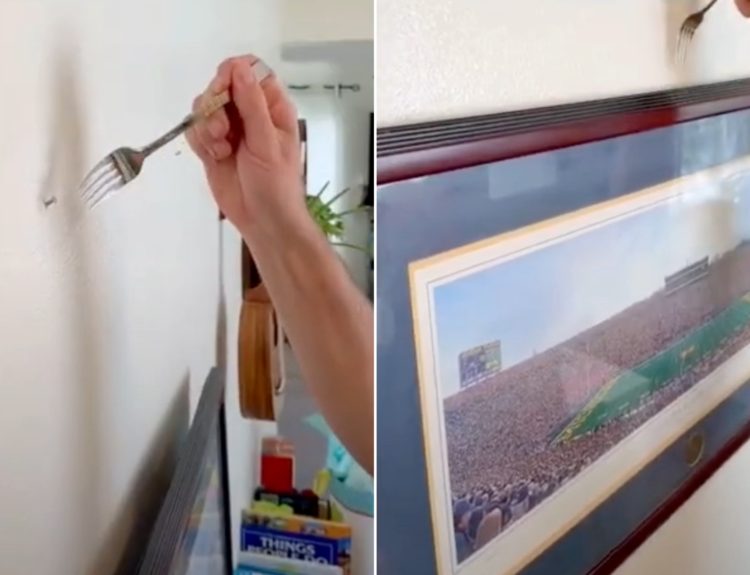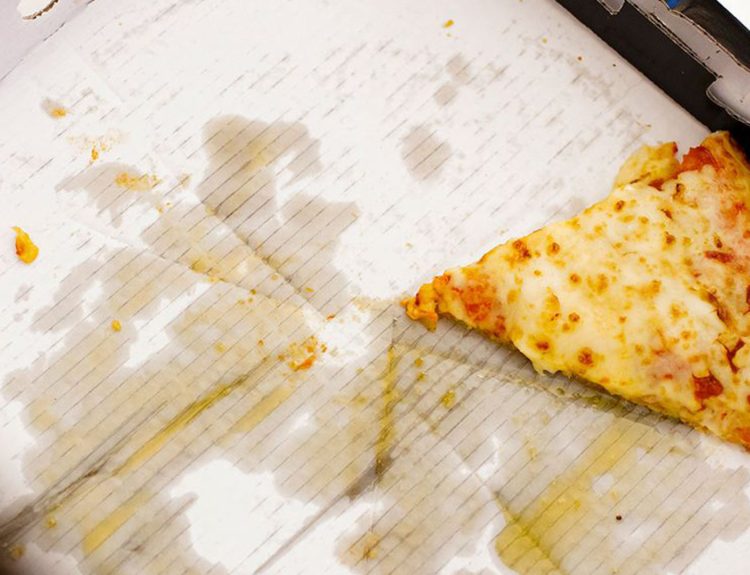Step into a mid-to-late 20th-century house and the first thing that will likely catch your attention are the textured ceilings that jazz up each room in the house. Among the different styles of textured ceilings, the popcorn ceiling steals the show with its quirky, bumpy texture and appearance, adorning countless homes and apartments.
But the new century that dawned over 20 years ago, came with many changes and one of them was the change in ceiling designs, fading into memory like yesterday’s fashion statement.
Unlikely To Make A Comeback
Unlike those of the last century, today’s homeowners abhor popcorn ceilings, a relic of mid-century modern design and unlikely to make a comeback. You can choose to scrape off the ceiling quite already, but it’s hard work. Even worse, it is risky for your lungs if you don’t do it carefully.

If you have strong arms and lots of patience along with a burning desire to do away with the popcorn design, a good option is skim-coating.
How Is Skim-Coating Done?
Skim-coating is a method for smoothing textured surfaces like walls or ceilings. It involves applying a thin layer of joint compound or plaster to create a flat, even finish, ideal for painting or wallpapering.
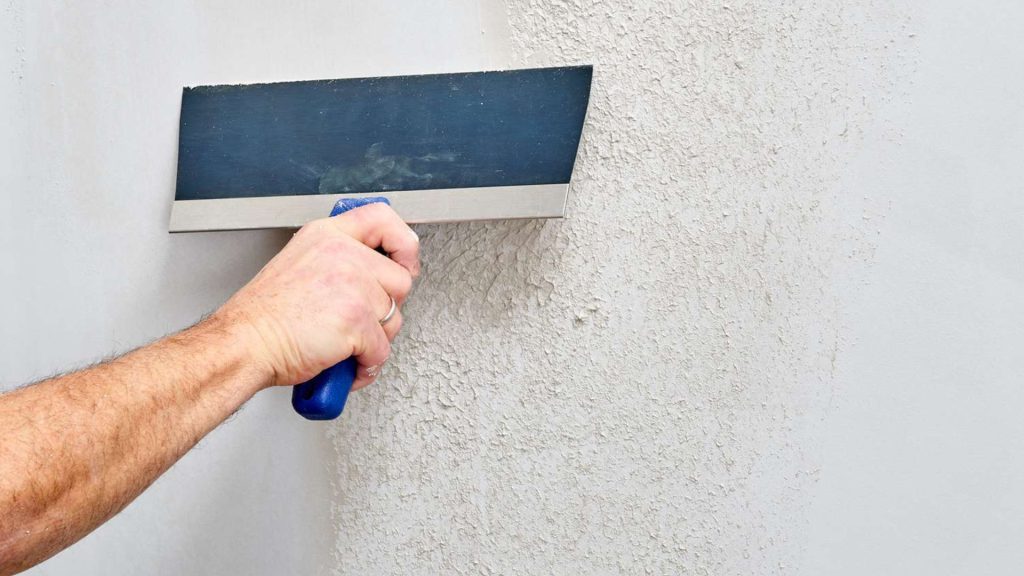
While it takes patience and skill to do it right, skim-coating can help with imperfections and give a room a sleek and modern look. It’s a popular DIY technique for upgrading surfaces, but the downside is that it requires attention to detail for a professional finish.
A Relic Of Yesteryear
Popcorn ceilings have lost their charm over the past few decades. They’re now viewed as outdated and sometimes even tacky, especially by those of the younger generation.
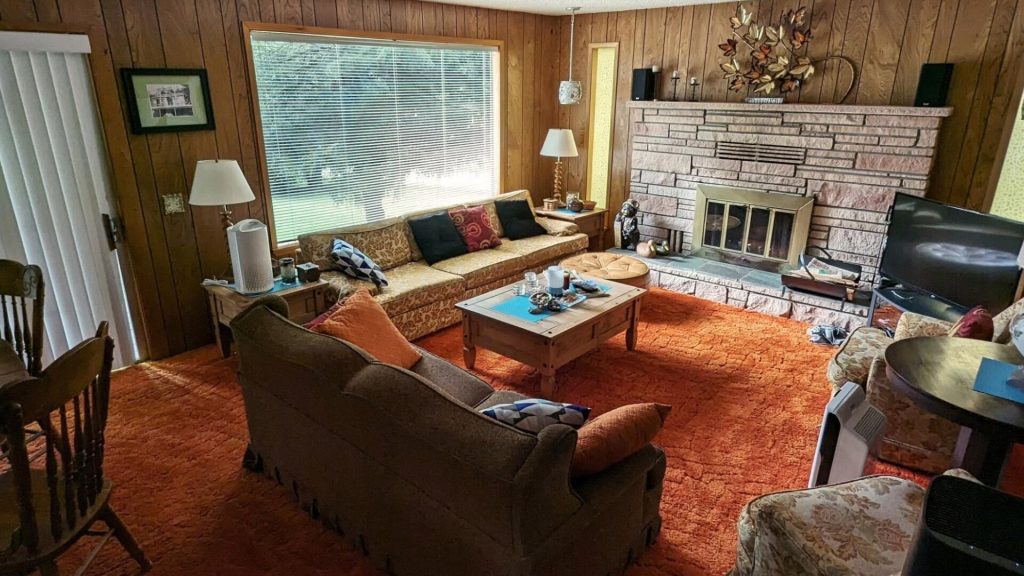
But in homes where they still exist, they remain as a nostalgic reminder of 20th-century living. To some, they bring to mind childhood memories, and for others some sentimental and blissful moments of the past.
History Of Popcorn Ceilings Quite…Unremarkable
Though it must be said, it’s not all doom and gloom with these ceiling designs. Like everything else, these ceilings do have their pros and cons. The story of their popularity is also rather unremarkable.
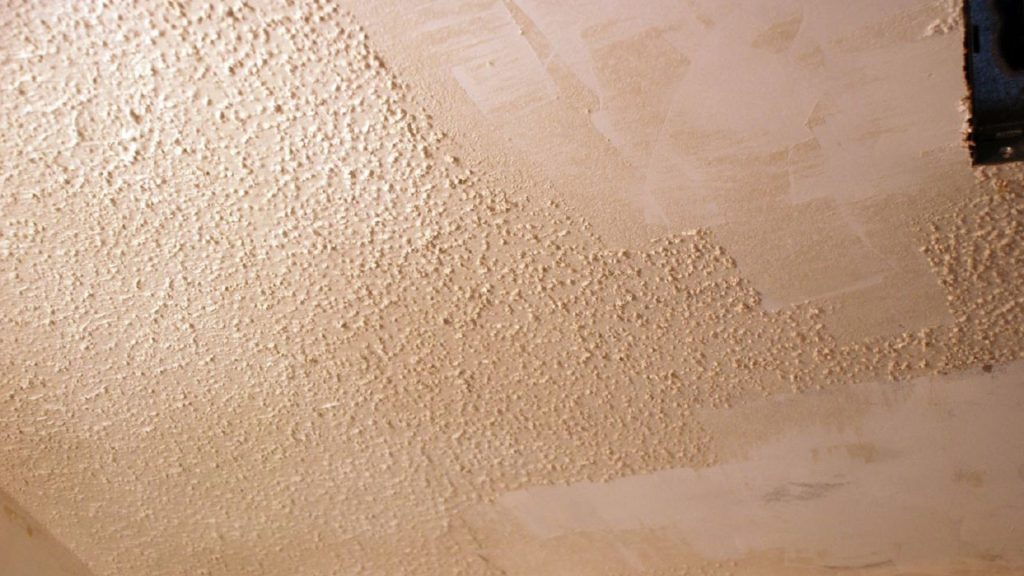
Popcorn ceilings, also known as acoustic or textured ceilings, first became popular in the mid-20th century. They were introduced by a British firm in the 1930s as a cost-effective way to dampen sound in rooms and shut off noise from the outside. The texture also helped to cover up any stains or marks on the ceilings.
Quite Cheap And Easy To Install
The ceiling design then reached its peak in terms of popularity in the 1950s. Back then, the cost to install them was quite low, and they were also very easy to install.
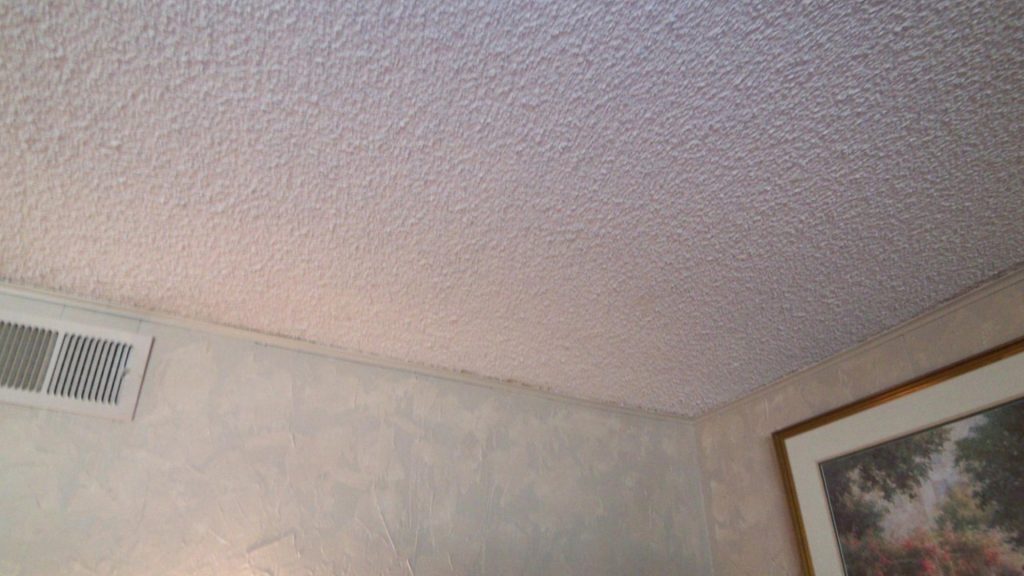
During the construction process, builders sprayed the coating onto a smooth ceiling that was already finished. This resulted in a bumpy texture once it was fully dried.
Staying Power: The Enduring Appeal Of Popcorn Ceilings
Popcorn ceilings managed to retain popularity over the course of the next few decades for the exact same reason why they became popular from the start: Ease of Installation and Affordability.

It was also quite appealing to builders because it helped disguise cracks, dents, and flubs in the contractors’ handiwork. There was also a widespread belief that they helped improve a room’s acoustics. Because of that, they were treasured in multi-level homes and apartment complexes.
The Public Opinion
Popcorn ceilings were big hits in their time, but is the textured style still considered cool and relevant today? In short, no.
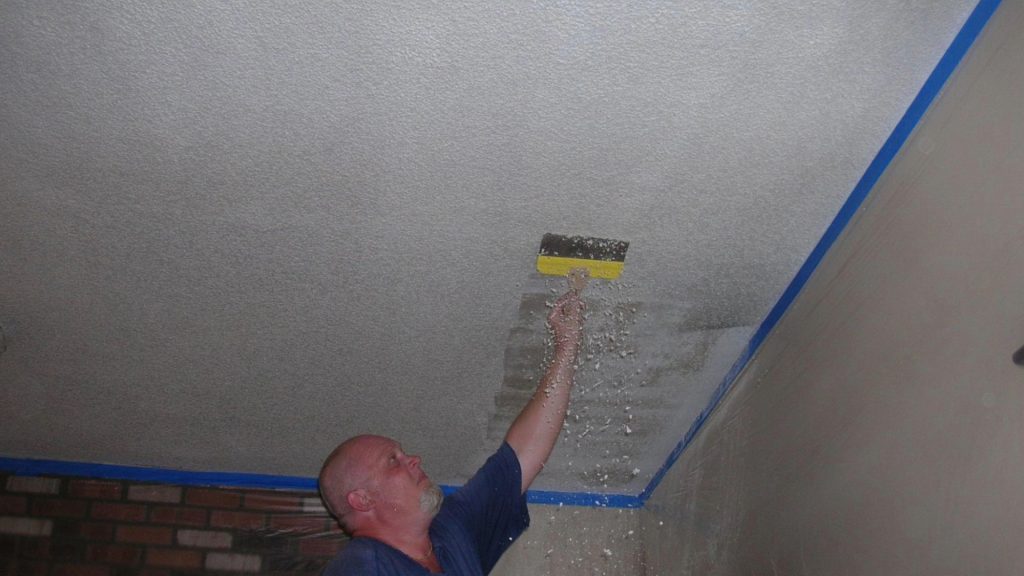
In today’s real estate market, potential buyers often steer clear of homes with popcorn ceilings or any textured ceiling. They tend to favor a sleek, smooth finish for a more contemporary appearance.
Costly Conundrum: The Price Of Popcorn Ceiling Removal
For certain buyers, the presence of popcorn ceilings can be a dealbreaker when selecting a home, mainly due to the high cost of removal.

Contractors typically charge between $1 to $2 per square foot for this task, averaging around $1,700 for the entire project.
Removing Popcorn Ceilings Could Boost Your Home’s Value
Getting rid of any popcorn ceiling left in your home from previous years may also increase its overall value.
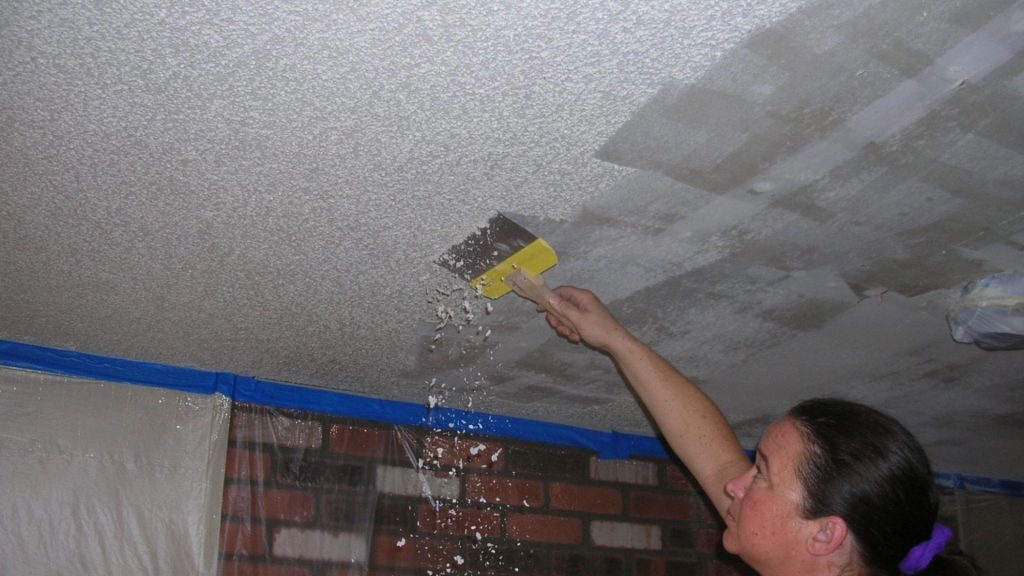
Homebuyers may also be scared off by the impending health hazards attached to popcorn ceilings. Some of the older designs of the added texture have some asbestos in them. Asbestos is known to induce cancer and other serious health problems when inhaled or ingested (via Classic Remodeling).
Ceiling Safety Alert: The Hidden Dangers Of Popcorn Ceilings
The homes built more recently feature popcorn ceilings made from styrofoam, which is a much safer alternative. But if your home was built before the 1980s, it’s important to check for asbestos. You can hire a pro to inspect those ceilings.

Popcorn ceilings also attract dirt, dust, and spiderwebs, meaning more cleaning to maintain their appearance.
Cover-Up Solutions: Transforming Popcorn Ceilings With Ease
Cover-up solutions are quite easy to install and are a very good option to hide popcorn ceilings. The majority of them are also quite straightforward and can be done with basic tools and materials. Ceiling tiles, for example, can be easily adhered to the existing ceiling using adhesive or suspended using a grid system.
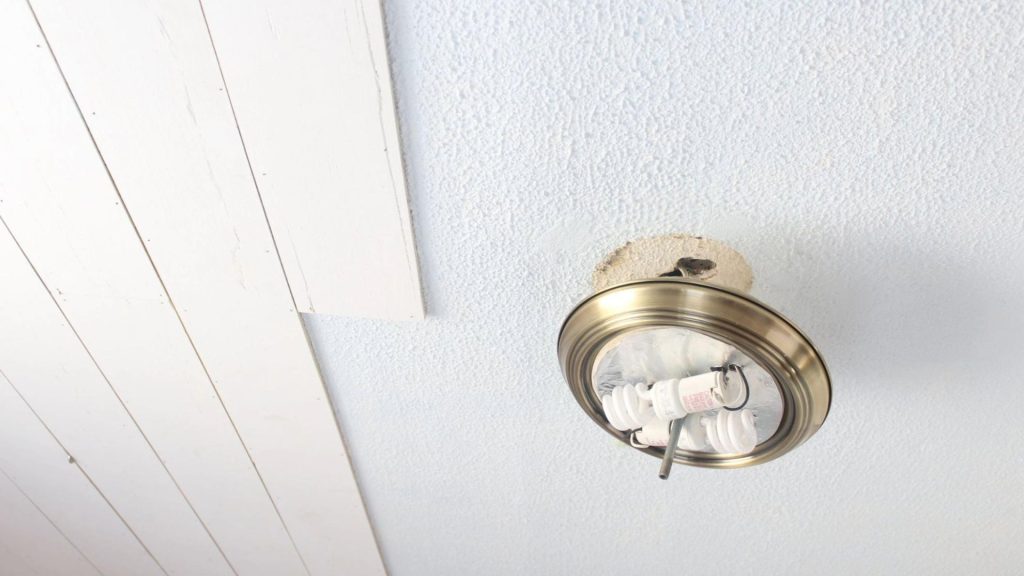
Wood paneling and drywall can also be installed directly over the popcorn texture with screws or nails.
Choosing the Right Cover-Up Solution For Your Popcorn Ceiling
The price of cover-up solutions for popcorn ceilings depends on two things: the material you choose and how big your ceiling is. If you’re going with cheap, ceiling tiles are your best option to help you save your money.

On the other hand, using wood paneling or drywall might cost a bit more because the materials are more expensive and the installation can be more complicated. When deciding which cover-up solution to go for, think about your budget and what you want your ceiling to look like.
Pros and Cons Of Cover-Up Solutions
Transforming your popcorn ceilings is as easy as ABC with cover-up solutions and they can save you a lot of time and hassle. There’s also a wide range of materials and designs that you can choose from to give your space a more personal look and feel and also give it a modern upgrade.

But you do need to watch out for potential drawbacks like reduced ceiling height—a big problem if you’re very tall. There’s also the risk of damage if you do not install it properly.

